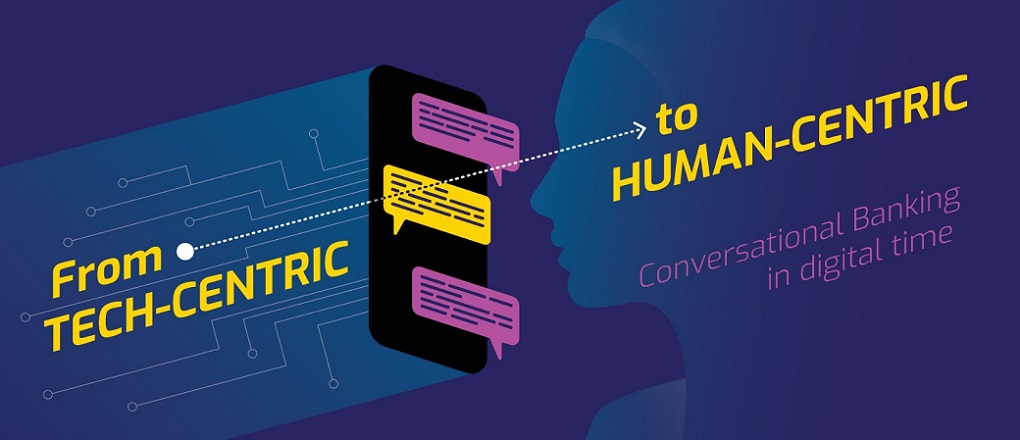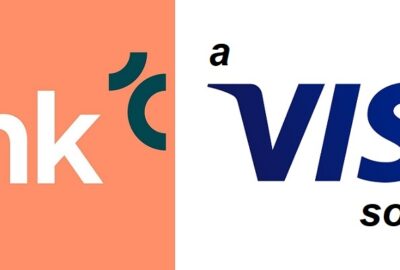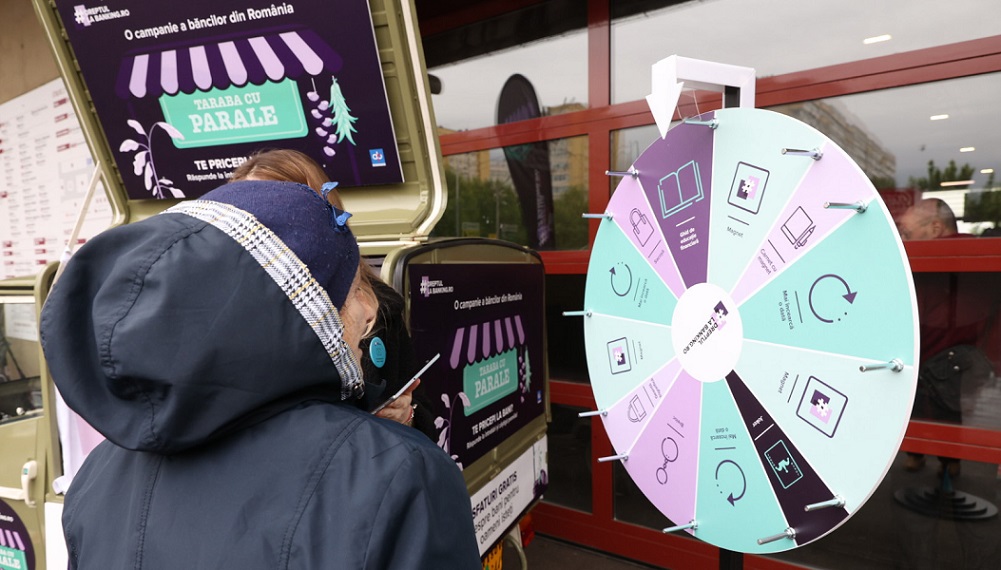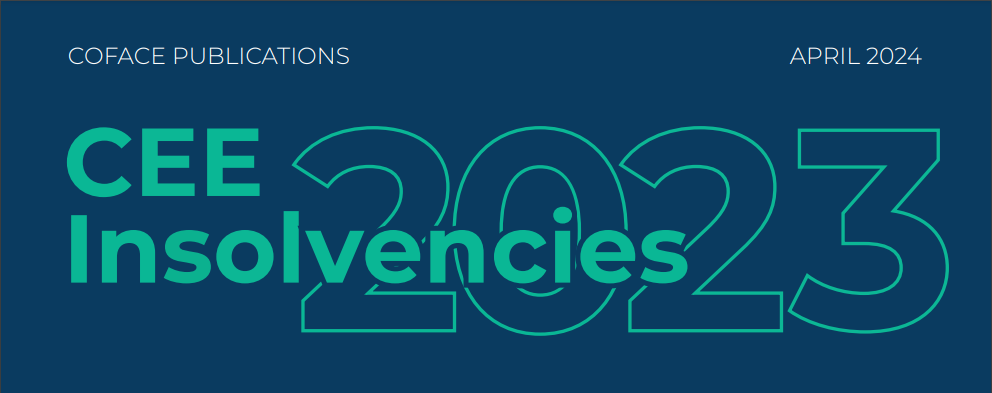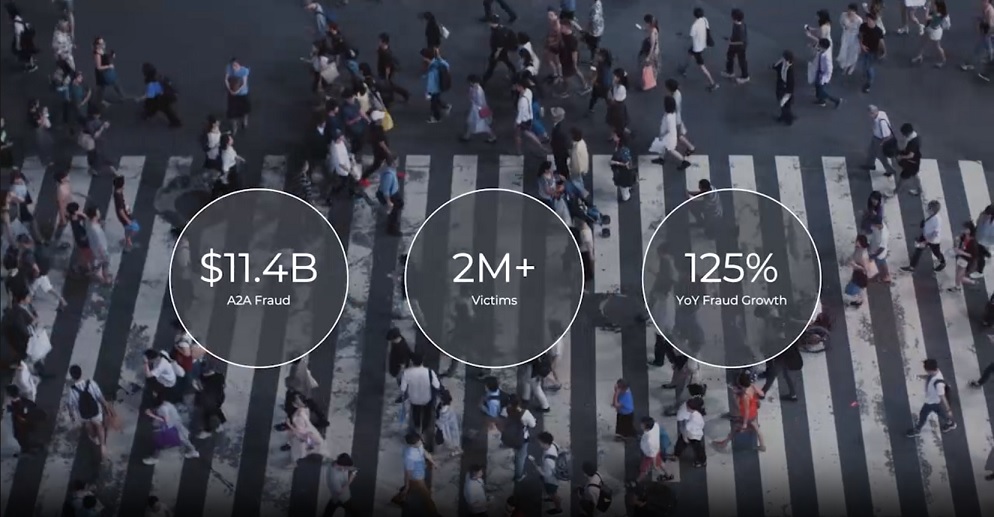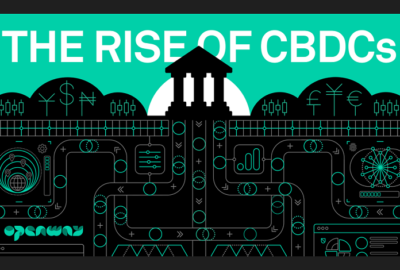MasterCard: there are currently 2.9 billion Internet users in the world – the remaining 60 percent of the global population is still offline.

Since mass market adoption in 1993, all things Internet have grown at an astonishing speed. Internet usage has spiked from 14 million global users in 1993 to its current count of 2.9 billion, a compound annual growth rate of 30 percent. It took the Internet 12 years to gather its first billion users, and a third of that time to amass its third billion.
Meanwhile, the emerging world is adopting mobile phones at an astonishing pace, opening more avenues to Internet adoption. Broadband subscriptions on mobile phones, now 34 percent of global mobile phone subscriptions, have tripled since 2008.
The next billion Internet users, logging on in an era of near universal mobile connectivity, offer promise of greater economic growth and increased business opportunities. The next billion users — fully 25 percent of the current total — will come from the 60 percent of the global population still not digitally connected.
To enable businesses and governments to make sense of the evolving global digital landscape, reveal patterns and provide insights into current and future Internet users,MasterCard and The Fletcher Schoolat Tufts University collaborated to create the Digital Evolution Index (DEI).
DEI illustrates some significant global trends and some surprises, while also identifying some fascinating examples of digital market growth patterns in many countries. Among the 50 countries measured, China, Malaysia and Thailand are the fastest moving digital economies. Asian countries accounted for six of the top 10 spots. The study also found a duality between overall readiness and a lack of growth among Western European countries.
In terms of overall rankings (a composite score of the current state of Demand, Supply, Institutions and Innovation), Singapore, Sweden and Hong Kong ranked one, two and three. As global unrest continues to roil the Middle East and former Soviet republics, it is no surprise that the DEI found that political and economic turmoil may be damaging to digital readiness. The two drivers that can be most affected by instability are institutions and innovation.
Five countries in particular show how the Digital Evolution Index (DEI) defines the individual stories and conditions that drive digital evolution.
. Estonia: Here the government is proactive in digital education. In fact, public schools teach first graders coding skills. There is free WiFi in most areas of country, with more than 900 hotspots. E-voting, e-payments for public transport and online banking are enabled through a single ID card.
. Mexico: 75 percent of all households have access to mobile phones and retail eCommerce sales represent 31.5 percent of all business-to-consumer sales. Most developed countries average around 10 to 12 percent.
. Nigeria: Only 8.1 percent of the population has access to personal computers, but mobile penetration is 94 percent. Innovation is active with a 674 percent increase în capital investments from 2008 to 2013.
. Netherlands: Internet penetration is 92 percent and eCommerce is strong. 46 million online orders were placed in 2013, a 10 percent increase from 2012. It maintained a top two ranking under the Supply driver in the Index from 2008 to 2013.
. Malaysia: There has been a 310 percent growth in the smartphone market with government subsidies for young, low-income consumers. Digital growth could yield large dividends due to proximity to ASEAN markets such as Indonesia, the Philippines and Singapore. Malaysia is one of the fastest moving countries on the index: Its score under the Innovation pillar increased by 42 percent from 2008 to 2013.
The report identifies the following opportunities embedded in the patterns revealed by the DEI:
•Break Out and Watch Out markets such as South Africa, Indonesia, Vietnam and Mexico have registered the highest gains in demand during 2008-2013, yet face significant limitations in
supply conditions.
•China’s tilt toward greater consumption and India’s improving supply infrastructure will, in the near term, create significant investment opportunities, given adequate institutional support.
•The increasingly integrating ASEAN economies, with their similar trajectories and more than 600 million consumers, are as compelling as India and China as candidates for digital commerce investments. ASEAN’s integration and tariff harmonization is poised to generate opportunities for the creation of regional marketplaces and integrated delivery networks.
•Taking advantage of increased regional integration by selling across national borders to the 500-plus million consumers in the wider EU could help jump-start these Stalling Out economies.
Read the full report here: Digital Planet – Readying for the Rise of the e-Consumer
Anders Olofsson – former Head of Payments Finastra
Banking 4.0 – „how was the experience for you”
„So many people are coming here to Bucharest, people that I see and interact on linkedin and now I get the change to meet them in person. It was like being to the Football World Cup but this was the World Cup on linkedin in payments and open banking.”
Many more interesting quotes in the video below:
